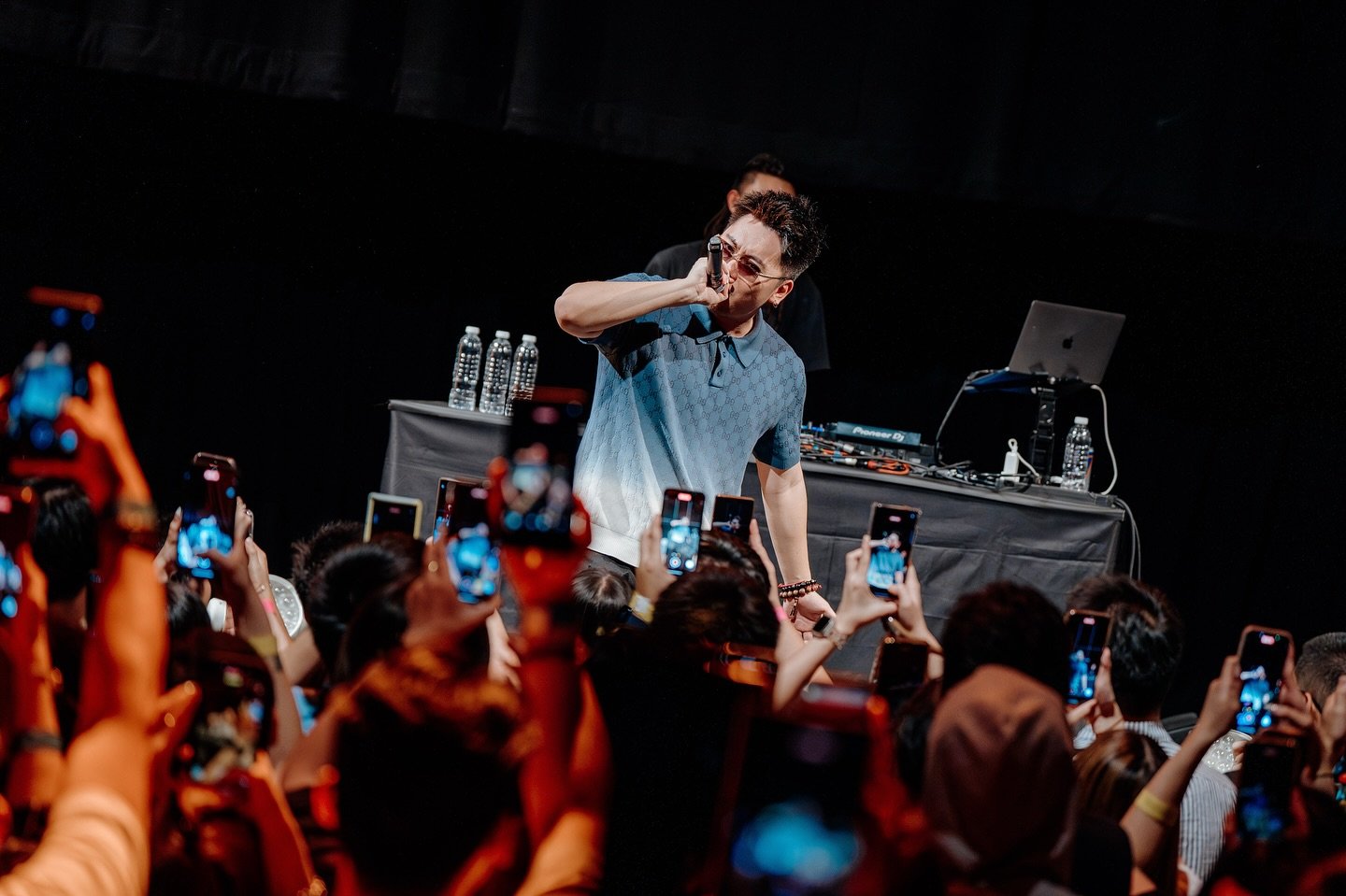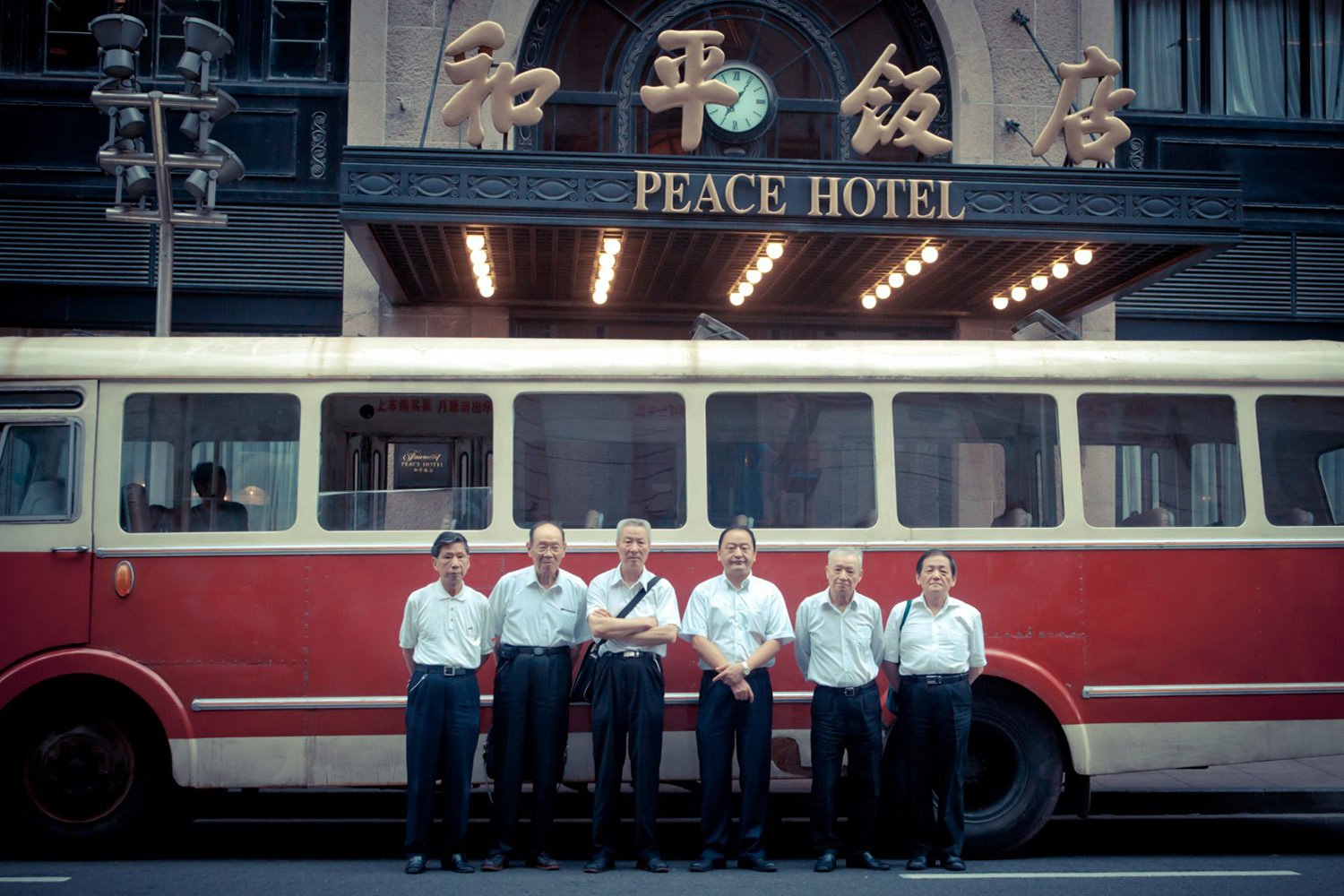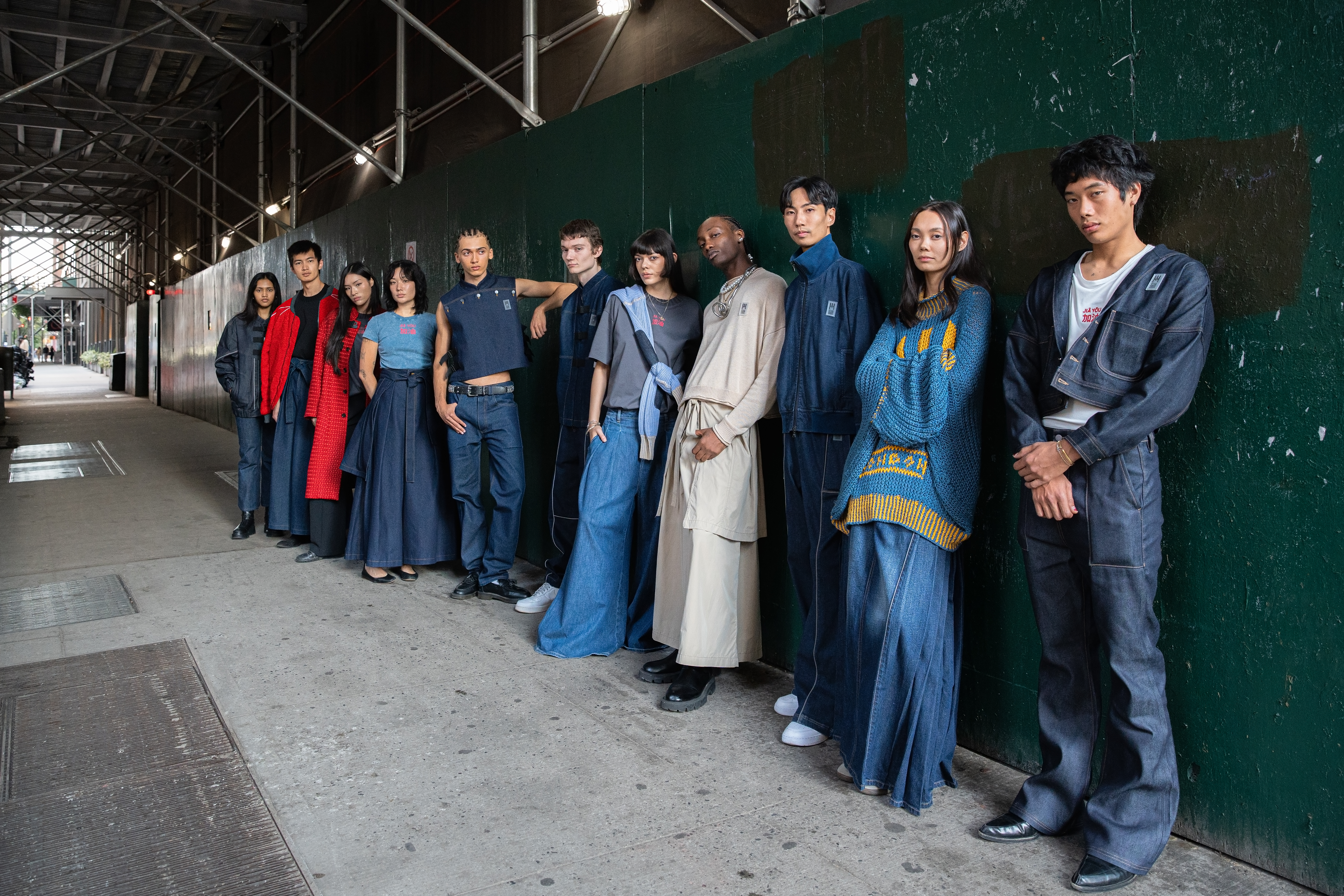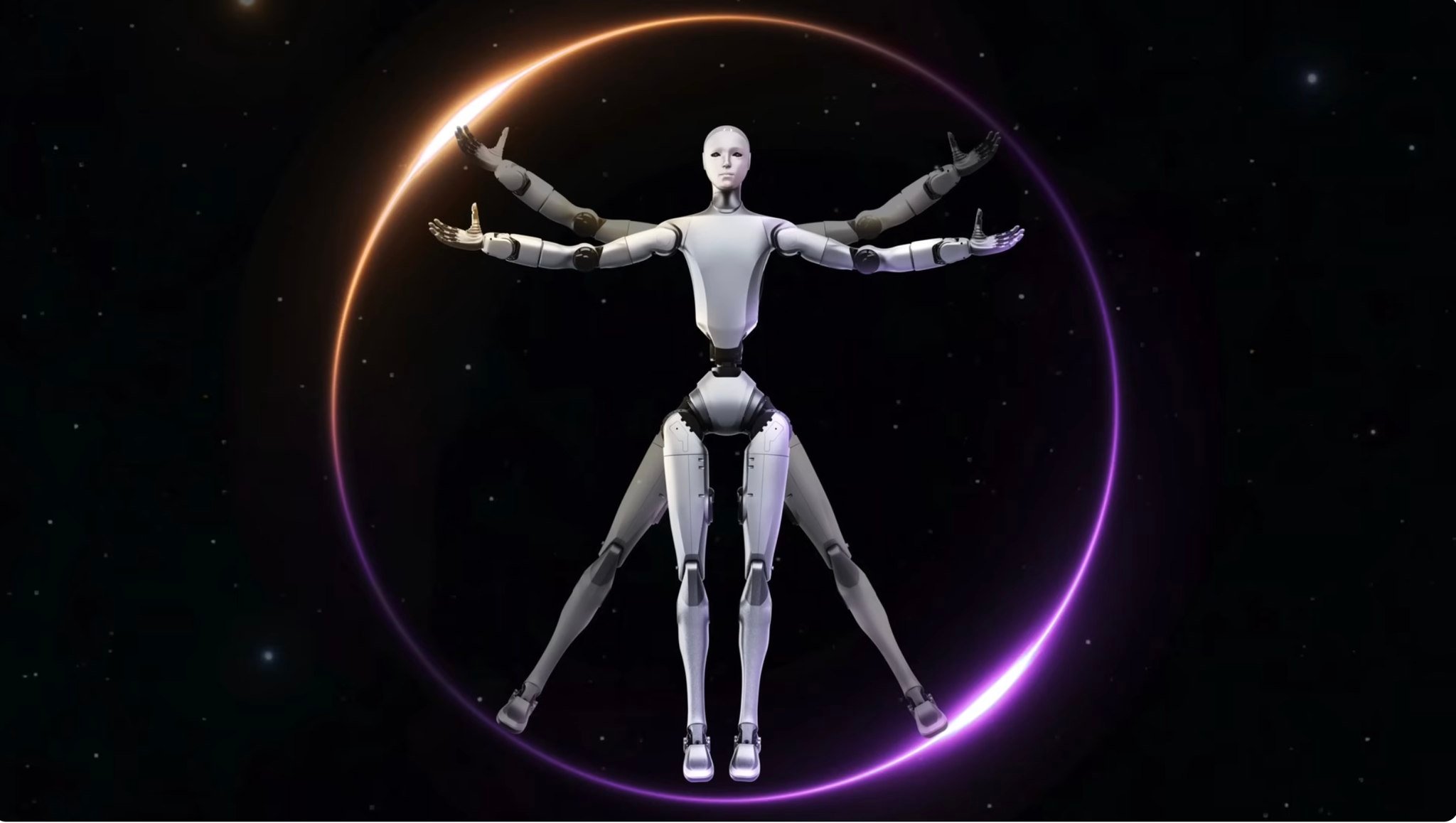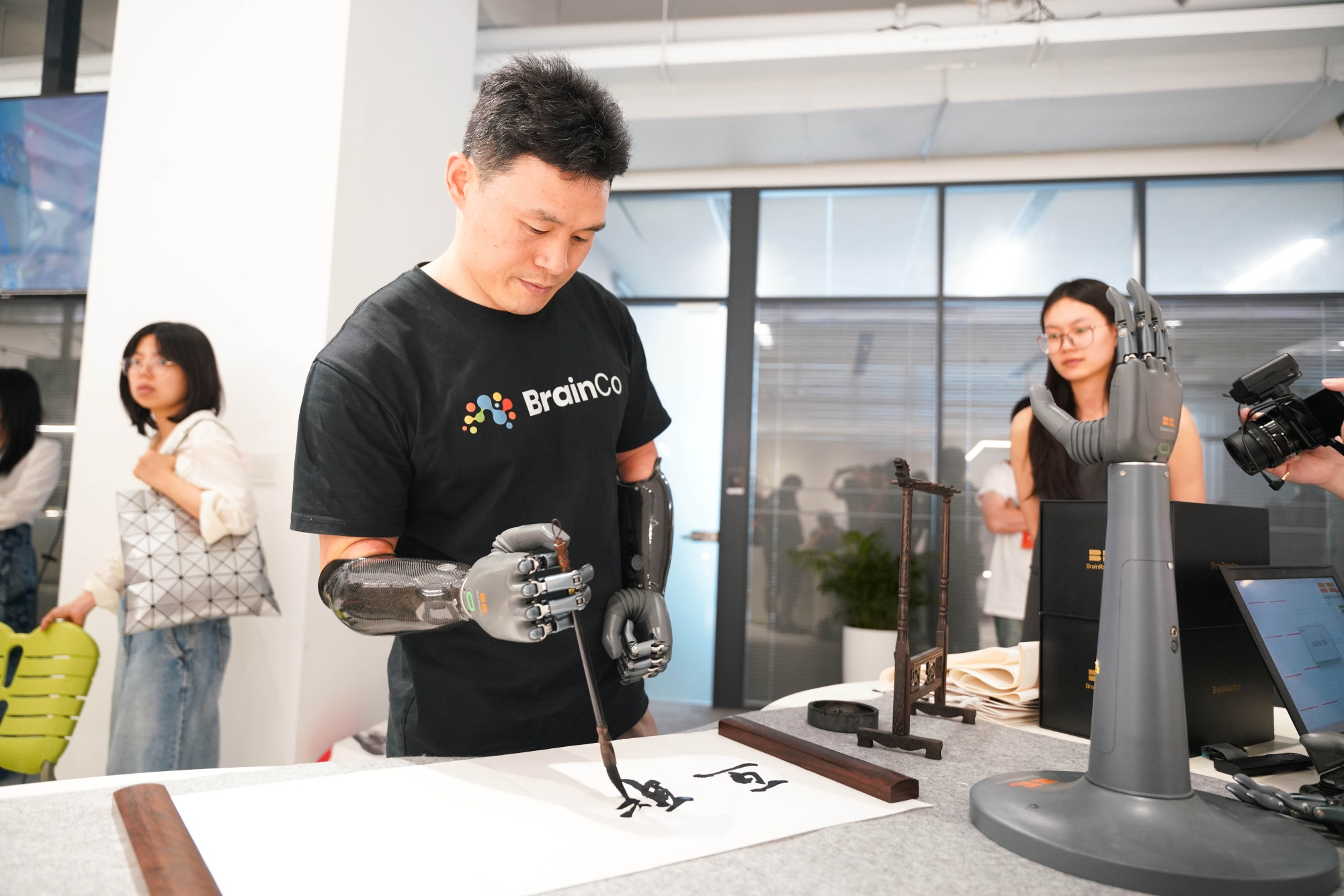Editor’s note: This interview with Taiwan-based computer musician Lin Yude, aka happy123, was conducted by members of the Shanghai record label play rec, who pop up frequently on RADII. play rec’s founders Wang Changcun and Xu Cheng are veterans of China’s experimental music scene, with a combined 40 years or so of experience. Wang in particular is a deep diver into esoteric aspects of code-based composition, something we’ve covered in some depth.
All this to say: be prepared for a rather technical discussion behind happy123’s latest album and play rec’s latest release, grgranrurr playground 15-19. The interview was originally published (in Chinese) on play rec’s WeChat account, and has been translated and republished here with permission from the label.

play rec: First introduce yourself — where does the name happy123 come from?
Lin Yude: happy123 is the name of a backup hard drive at home. At that time, the name was taken to calm down myself for the loss of the data, and was later used on Twitter. It looks a lot like a bot account, and I regret this a bit…
When did you start making electronic music? What kind of processes or developments have you gone through from then to now?
I downloaded a lot of mp3s from the internet in high school. In 2004, I was curious to download an editing software — I’ve been in contact with music production since then. At the beginning, I’d just cut up the mp3 files and select my favorite parts.
Later, in 2005 or 2006, I started to use a DAW [digital audio workstation] to make music, and then I got introduced to the DIY synthesizer forum electro-music.com, and created several MOTM and Music From Outer Space modules. I listened to a lot of electronic music at that time.

MOTM by happy123
After graduating from college, I learned Max/MSP in graduate school, and gained a very preliminary understanding. I didn’t know what was special about it at the time. During my graduate years, I also met a group of friends with a wide range of tastes in music, and began to listen to music that I used to listen to less often. After graduating [from graduate school], I still had contact with these friends, watching music performances together, and attending their workshops. I feel that all of them had a lot of influence on me — I get nostalgic thinking about it now.
In the past few years, I’ve tried the techniques of digital synthesis and computer music composition. I’ve come to understand them gradually around the time when this album began to develop.
The sound quality and the way the beats are composed on this album are very special. Can you briefly introduce the methods and ideas of production?
I think part of it is the rules that I set for myself. At first, I restricted myself to granular synthesis method, using Kaivo by Madvoa Labs. At that time, I thought about using granular synthesis to make a detailed sound with the feeling of an analog synthesizer. I also used other granular software during that time. I found that non-real-time software sounds got closer to what I wanted, but since the rules had been set in advance, I also felt that I should use them. I made some progress, and the changes between the sounds left a lot of room for exploration within the framework of the Kaivo patch.
The beats sounded somewhat different when using different sequencers. Earlier drafts used Max for Live sequencers, such as Mono Sequencer, ML-185, etc. Some of the effects on the beat were from the Kaivo patch. Later, I used TidalCycles.

It sounds like you are using Ableton Live as your main production software, combined with different sequencers and Kaivo. How does TidalCycles connect to your system?
I started using TidalCycles to trigger MIDI notes, which were later used as MIDI CC parameter controls. The units controlled by the sequencer, LFO, etc. in Ableton Live were slowly dropped after tidal was added. Finally, Ableton Live retained the use of recording/editing and VST host. MIDI CC uses the strength of tidal to transform the pattern, divides a CC control curve into multiples, and produces a set of derivative curves, such as time shift, reversal, extension ratio, and so on. It is not easy to jump into the design parameters when using the M4L device and the mouse earlier. In fact, it can be done by cutting and pasting with the curve drawing function in Ableton Live. I think this is the tool that gives me the idea. All of these above are sent by tidal MIDI signal, which is sent back to Ableton Live via a two-channel MIDI interface.


What’s the live-coding scene like in Taiwan? In fact, I don’t think that your music can be simply categorized as “live-coding.” If I didn’t know your production method, the sense I get just from hearing your music is different from music that I usually associate with live-coding…
I don’t know if there are any local groups working on [the live-coding scene]. I do know a group of people who’ve created music with only software, like Pure Data, Audacity, etc. Some multimedia artists, like Aluan Wang (王新仁), have continued to create with Pure Data since the early days. I got to know this type of performance for the first time in 2015, when Renick Bell performed in Taipei. This month, Renick will come back to Taiwan to perform at an event organized by the label Quantum Natives. But in general live-coding performances are rare here. Mainly we check lurk.org to see news and topics discussed in the community, most of which are still being digested here.

Two sources of information you mentioned before are electro-music.com and lurk.org. One is a forum, and the other is a mailing group. These two types of communities today may seem too old-fashioned for some people, but I believe that I can get real information from them. I’ve also benefited from the Max/MSP mailing list, and today everyone is quietly going to Stack Overflow to copy code. In forums and mail groups, it is necessary to communicate with people first, which increases the threshold for information sharing.
This forum talk.lurk.org is one I use often. I haven’t gotten in touch with the earlier mailing list, which I feel a little bad about. I have read a message asking why the forum is called lurk. The answer is quite simple: it’s to remind users of the benefits of communicating in a forum setting.
My past experience is that, for a new member, there are detailed rules or codes that allow someone to easily take the first step. I feel that different forums will have their own ethos. In addition, I understand the developer’s thinking. I think that there will be a lot of influence on the use of tools.
If you have the opportunity to observe the long-term change track, it is a valuable experience, and you also experience the feeling that you have benefited from it. Many times it appears in unexpected places. I felt that what I was impressed by the Live coding forum, is that after the registration (about two years ago), the discussion area was changed to two systems, including a branch. It seems that the adjustment of the usage requirements is constantly being changed as the TidalCycles official website changed to Wikipedia-style websites. I think it’s good to design or improve the medium/environment of communication as needed for the online community.
—
You might also like:
 Yin: Electronic Composer ayrtbh’s Latest “Track” is a .dmg FileArticle Jul 20, 2018
Yin: Electronic Composer ayrtbh’s Latest “Track” is a .dmg FileArticle Jul 20, 2018
 Yin: Analog Sorcery from Synth Designer Meng QiArticle Jul 13, 2018
Yin: Analog Sorcery from Synth Designer Meng QiArticle Jul 13, 2018
 Yin: Warped Electronics from Shanghai Label play recArticle Jan 14, 2018
Yin: Warped Electronics from Shanghai Label play recArticle Jan 14, 2018





